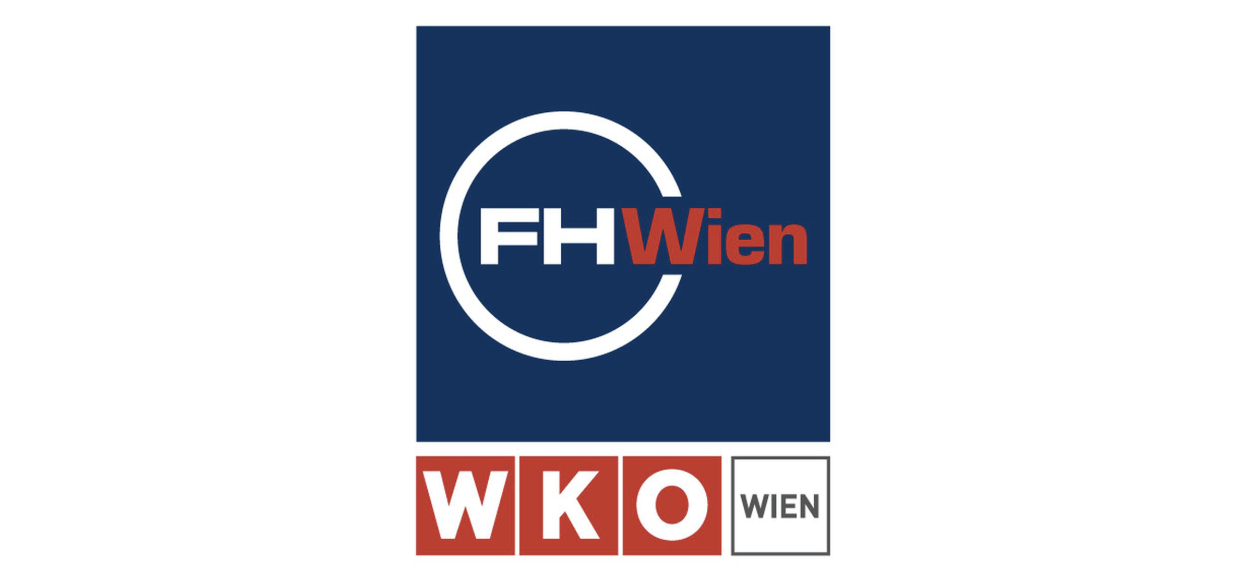Associate Professor, Neil Rogers, and Deputy Associate Dean for Educational Innovation, Matthew Johnson, led the charge to improve assessments at their institution. They initially heard of Gradescope at a teaching and learning conference in the summer of 2019 and were enticed by the prospect of providing enhanced student feedback in less time. They were also interested in a greater ability to track and analyze student performance to better guide students through course material and promote retention within STEM majors.
Additionally, they felt the urgent pressure from the pandemic, which caused every course to transition to a remote format as students were sent home. A swift intervention was needed to ensure that students were still able to get the knowledge and value from their courses in an entirely new scenario and environment.
Actionable student performance data yields positive learning & retention outcomesDue to Professor Rogers’ and Professor Johnson’s initiative, the institution was able to experiment with Gradescope in various mathematics and electrical engineering courses prior to going fully remote. Empowered by this experience, they shared the benefits it had in their respective classes and advocated for its use. Feedback from other instructors was overwhelmingly positive and the school was able to skillfully pivot to meet their needs. Students called Gradescope “extremely easy and effective,” noticed that assessments “were the same exact format as before we went to remote learning,” and supported its wider use in other courses.
Professor Rogers and Professor Johnson achieved their initial goal to provide enhanced student feedback in less time. They found that their grading turnaround time is now 1-2 lessons, down from 3-4 lessons when grading by hand. Sometimes the savings were extraordinary: their Multivariable Calculus Team graded Professor Johnson’s first exam by hand, taking a day and a half to complete. By the time the second exam arrived, the team was able to complete the grading, load the grades, and provide feedback to the students all before 4:30pm on the same day. Professor Johnson says that he’s realized between 25-35% time savings.
They decided to focus their efforts on student performance data tracking and targeted feedback with their newfound time. Specifically, they were curious to identify the most troublesome problems for students in order to 1) help students understand their areas for personal improvement, and 2) provide quicker, more personalized feedback in response to individual performance.

"Diving a bit more into that problem, we can see in Figure 2 how 44% of students made one of three primary errors. Each student who made one of those errors received the relevant, detailed feedback shown on the left. Given the number of students enrolled in this course (upwards of 500 per semester), providing this type of detailed feedback to each student by hand is simply not feasible."

"Figure 3 shows a RADAR chart similar to those given to each student in a Spring 2021 Math class. The blue/orange dots show the class/student average, respectively, for each of the associated topics listed. This feedback allowed students to identify their areas of greatest weakness as compared to the class so they could make sure to study that material before the final. Tagging each question in Gradescope with its associated lesson allowed me to organize the data to create these RADAR charts."
Furthermore, they noted that, “This improved feedback to students on their exam questions and on their overall performance was one factor contributing to reduced withdrawal/failure rates in Math 243. The withdrawal/failure rate decreased from an average of 15.6% in the three semesters prior to implementing Gradescope, to 8% in the three semesters with Gradescope.”
Continuing to build leaders of character through feedback & reflectionThis data-driven approach to modernizing assessment and driving student learning outcomes while minimizing attrition rates has continued to grow within the institution's course offerings. In addition to the Math department, it is now in regular use by the Chemistry and Astronautical Engineering departments. And although they found that Gradescope provides improved efficiency for large courses, many instructors find it beneficial for smaller groups as well.
"You can really be really good at whatever you want to set your mind to. The whole part of growing is that feedback cycle, that feedback process. If you attempt something and then you fail at it, you get some feedback on the way, you can correct, and then you try it again and you keep improving. That's something that Gradescope really ties into with giving high quality feedback."—Matthew Johnson, Deputy Associate Dean for Educational Innovation
![[lsu_ericandaigle_video_cmyk:MEDIASTORE_LEAF]@fc23c5d](https://www.turnitin.com/assets/images/resources/image-block-images/lsu-ericandaigle-video-cmyk.jpg)
Gradescope allowed us to administer midterm and final exams online, on a massive scale, for the first time.
![[lsu_ericandaigle_video_cmyk:MEDIASTORE_LEAF]@5b5058f](https://www.turnitin.com/assets/images/resources/image-block-images/lsu-ericandaigle-video-cmyk.jpg)
Gradescope allowed us to administer midterm and final exams online, on a massive scale, for the first time.



